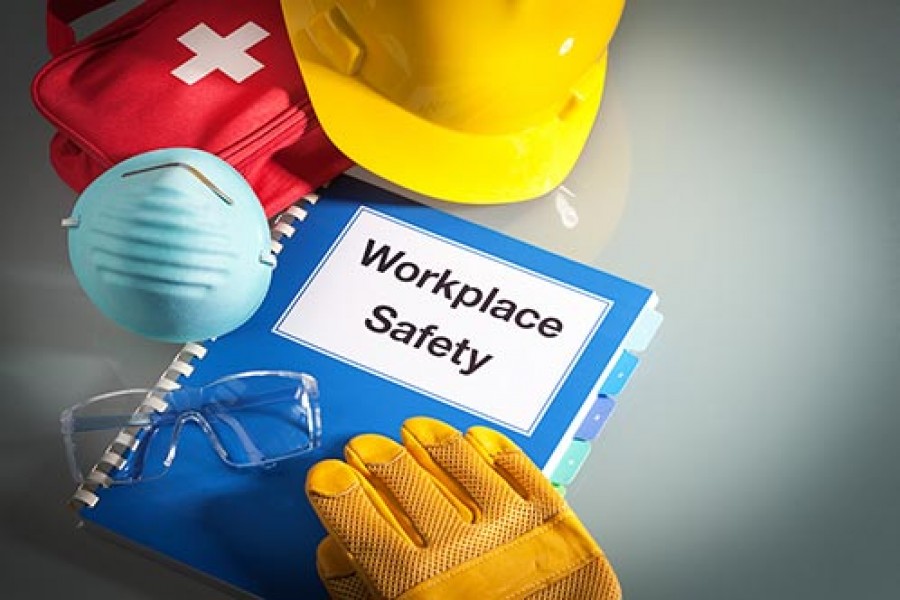Both the numbers of accidents and casualties at workplaces in the country over the past six months (January-June) have declined but still the incidence is quite high. Against 352 deaths and 285 accidents in the corresponding period of 2018, this year 257 lives of workers perished in 210 accidents. So the monthly average of accidents is 35 -more than one a day -and 44 deaths of workers -1.5 a day. The estimate arrived at by the Safety and Rights Society is based on reports in 15 national and 11 regional newspapers of the country. It should be more or less representative but could not be cent per cent accurate. Some believe the numbers of accidents and casualties are likely to be higher. Ideally, deaths at workplaces such as factories, service sectors should be few and far between; although in reality fatalities and physical injuries do occur there. Given the high incidence of road accidents, however, no wonder the number of casualties of drivers, conductors and helpers has surpassed the death toll from any other area.
One silver-lining is the reduction of casualties in the garments sector. The indication is positive because the programme of retrofitting of garments factories has been responsible for minimising accidents and casualties in the apparel sector. It shows that if compliance with safety standard is high on the agenda in factories and industries, both workplace hazards and casualties can be drastically reduced. Against 129 workplace deaths on roads and highways, only 33 lives were lost in the manufacturing sector like garments factories, rice mill, ship-breaking, re-rolling mills and brick fields. If the number of casualties in the garments sector was mentioned separately, a clear picture of the outcome of compliance in the sector would have emerged.
That the construction sector with 51 casualties comes next to roads and highways is unsurprising. Here is an area where workers are at the highest risk of falling from precarious perches they find themselves on. They are compelled to work on tall buildings or under gigantic structures in the most inconvenient manner imaginable. Engineering here is yet to ensure safety of the most ordinary workers at such sites. It is because of a lack of adequate safety measures, girders of flyovers crush many workers underneath or ill-planned newly constructed roofs of buildings or petrol pumps come crumbling on workers to kill them. Even electricians are seen working on electric poles without enough safety measures. Workers without fitting gears often die in safety tanks on account of inhaling poisonous gas accumulated there. Such tragedies can be avoided if workers have access to gas masks and other necessary gears.
The ugly truth is that human lives are considered cheap here. Contractual workers are usually assigned to the risky jobs. They have no life insurance. In the same way, lathe operators and workers at plastic factories in the informal private sector do not have permanent employment. When workers are injured, they are laid off and when they die, there is no compensation for their families. So the utmost need for the Department of Inspection for Factories and Establishment (DIFE) is to ensure that no factory run without safety gadgets and gears. Also insurance for workplace mishaps should be made mandatory.


